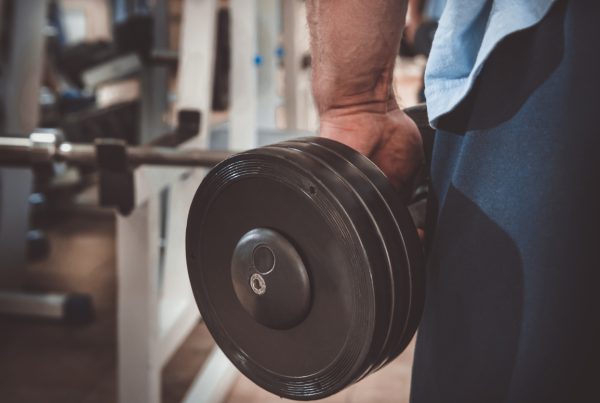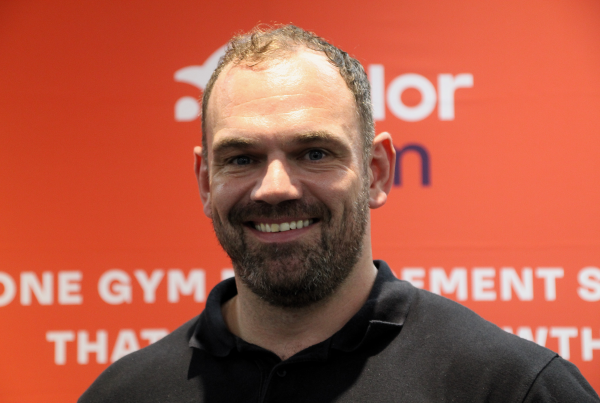Plastics have been a hot topic over the past 6 months or so – sparked by Sir David Attenborough’s Blue Planet, organisations around the world have been moving quickly to reduce the amounts of plastics they use. Multi-nationals like L’Oréal have committed to all of its plastic packaging will be rechargeable, refillable, recyclable or compostable by 2025, while entire countries like Taiwan banning single use plastics by 2030.
8.3 billion tonnes of plastic have been produced in only six decades, yet plastic takes over 400 years to degrade naturally, so 6.5 billion tonnes of all plastic created still exists. That’s equivalent to one billion elephants’ worth of plastic hanging around in our environment.
The impacts of plastic on the environment can be devastating. By 2050, it is estimated that there will be more plastic in the ocean than fish, which is already killing marine life around the planet. Plastic has a direct impact on us too – damaging our food resources, as well as the unknown impacts the micro plastics found in plastic water bottles have on our health.
With plastic having a direct impact on our health, the environment, and global organisations adjusting to tackle the issue, the physical activity sector has a responsibility to tackle this issue.
However, there’s not just the responsibility – it also makes business sense. Cutting plastics cuts costs through more efficient use of material, as well as lower disposal costs. In addition, Unilever is proving that consumers are demanding sustainable brands, with their sustainable living brands.
Particularly amongst millennials who identify closely with their gym’s brand, putting yourself ahead of the curve on issues such as plastic waste could help you win and keep more customers.
Reducing and reusing plastic is becoming easier. We have already seen our first gym chain, 1Rebel, commit to going plastic free – here’s a few tips on how you can too:
- Reduce single use plastics (e.g. bottles)
- Encourage gym goers to bring their own bottles to reduce plastic cups
- Only provide plastic straws if necessary – bear in mind that straws are a necessity for some people, biodegradable options can be provided to ensure you are making your facilities accessible to all.
- Reduce packaging
- Order in large batches wherever possible, and specify their items don’t need to be individually wrapped (t-shirts for example)
- Food items can be provided without packaging, where safe to do so
- Order local – this often reduces the packaging needed to transport good, and has other sustainability benefits
- Biodegradable alternatives for necessary plastics
- Choose biodegradable plastics. These plastics remain in the environment for a much shorter amount of time. Biodegradable bottles, cups and straws are good alternatives
- If cups are necessary, provide reusable cups which can be used for a small deposit
- This is good branding opportunity
- Set up reuse schemes for your equipment
- Plastics will be integrated into a lot, if not all, of your equipment. If you don’t lease this equipment, and it is still safe to use, explore opportunities to pass the equipment on, such as:
- Sharing with community centres
- Sharing with customers as an added benefit to membership
- This will also reduce the cost of disposing this equipment
- Plastics will be integrated into a lot, if not all, of your equipment. If you don’t lease this equipment, and it is still safe to use, explore opportunities to pass the equipment on, such as:
Not all plastics are easy to reduce and reuse. Think about the following things you can do make sure plastic doesn’t end up in landfill:
- Provide easy to use recycling facilities
- Clearly labelled and easily accessible recycling bins will boost the amount you recycle
- If possible, keep your different waste streams separate (plastic, card, food etc.). This keeps the quality of recycling high
- Talk you your waste management provider about this, they will be able to provide you with advice, and track your recycling so you can communicate this to your customers
Communication is a key part of delivering sustainability initiatives. If taking similar steps to the above, make sure you record and communicate the impact you are having. This won’t only act as a marketing tool and engage your stakeholders in what you are doing, but also persuade the physical activity sector to reduce plastics as a whole.
Tackling the plastics problem is a good step to creating a sustainable physical activity sector. Delivering other sustainability initiatives – such as energy and water reduction – can have equally impressive environmental and business benefits, and ultimately help to secure the longevity of physical activity businesses around the UK.

Junior Manager – ActiveLab Program




